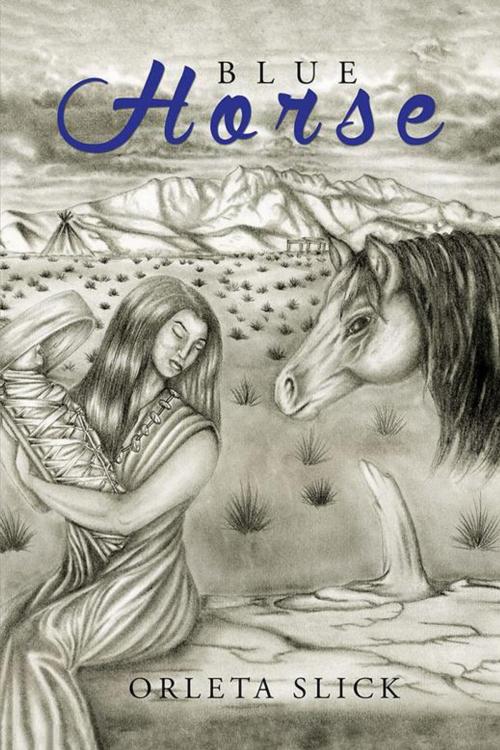| Author: | Orleta Slick | ISBN: | 9781503581432 |
| Publisher: | Xlibris US | Publication: | September 29, 2015 |
| Imprint: | Xlibris US | Language: | English |
| Author: | Orleta Slick |
| ISBN: | 9781503581432 |
| Publisher: | Xlibris US |
| Publication: | September 29, 2015 |
| Imprint: | Xlibris US |
| Language: | English |
A story told about Navajo children during a traumatic period in history, whentheir people were captured, marched hundreds of miles, and were imprisonedin a camp for four years. Their strong foundation is what kept them going andhelped some of them survive. The story concentrates on a clan whose youngest being a three-month-old baby andthe oldest a sixteen-year-old. The children endured the harshness of the elementsand the US government. The children created a bond that would last foreverwith an elderly Navajo woman, who became their anchor when they could not find their loving parents. While the children were held captive, they carried onthe legacies of their clans. Some reunited with their parents and returned totheir homeland. With promises of better lives, the Navajo people were releasedto a land reserved within the four sacred mountains. They were forced to lead a different lifestyle, less flourishing than before, but they kept their families togetherand continued their traditional ways of life. This included the introduction ofa formal education. Navajo leaders figured that acquiring an education wouldplace them at an equal advantage of the dominant society. The children, however,had a different experience. In the end, most of them found balance in their lives back on their homeland.
A story told about Navajo children during a traumatic period in history, whentheir people were captured, marched hundreds of miles, and were imprisonedin a camp for four years. Their strong foundation is what kept them going andhelped some of them survive. The story concentrates on a clan whose youngest being a three-month-old baby andthe oldest a sixteen-year-old. The children endured the harshness of the elementsand the US government. The children created a bond that would last foreverwith an elderly Navajo woman, who became their anchor when they could not find their loving parents. While the children were held captive, they carried onthe legacies of their clans. Some reunited with their parents and returned totheir homeland. With promises of better lives, the Navajo people were releasedto a land reserved within the four sacred mountains. They were forced to lead a different lifestyle, less flourishing than before, but they kept their families togetherand continued their traditional ways of life. This included the introduction ofa formal education. Navajo leaders figured that acquiring an education wouldplace them at an equal advantage of the dominant society. The children, however,had a different experience. In the end, most of them found balance in their lives back on their homeland.















